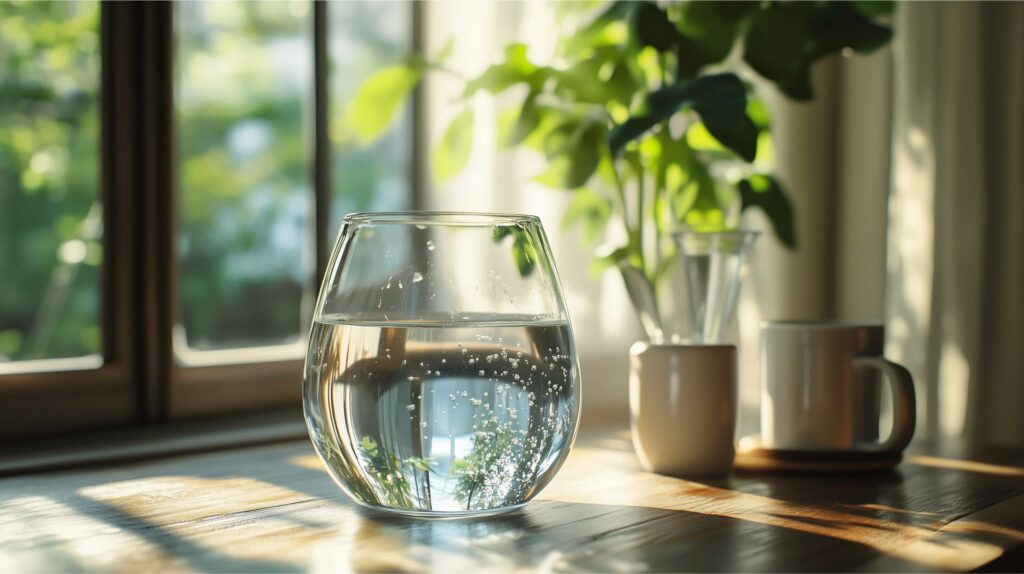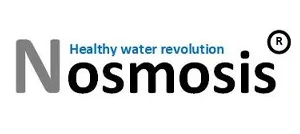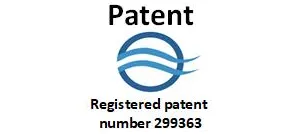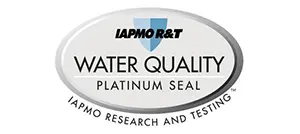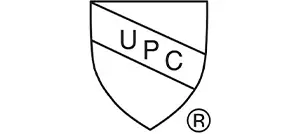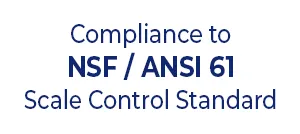Introduction
Clean water is essential for a healthy life. Many households and businesses face challenges such as contaminants, hard water, and poor taste. While municipal water treatment removes most harmful substances, it may still contain impurities such as bacteria, lead, and microplastics. Fortunately, home and commercial water purification solutions can significantly enhance the safety and quality of drinking water.
This guide will help business owners, distributors, contractors, and water authorities in the United States understand essential criteria for choosing a filtration system, including certifications, specific needs, contaminants, and benefits.
Understanding Common Water Contaminants
Before choosing a purification method, it’s important to understand the common contaminants in household and business water supplies:
Bacteria & Parasites: Microorganisms like giardia and cryptosporidium can cause serious health issues.
Heavy Metals: Lead, mercury, arsenic, and cadmium, which can seep from aging pipes and industrial waste, pose significant health risks.
Chlorine & Chloramine: Used for municipal disinfection, these chemicals cause unpleasant taste, odor, and potential long-term health risks.
Volatile Organic Compounds (VOCs): Industrial solvents, pesticides, and petroleum byproducts, such as benzene and toluene, which can infiltrate groundwater supplies.
Pharmaceutical Residues: Traces of antibiotics, hormones, and other medications can persist in water supplies, impacting human health and aquatic ecosystems.
PFAS (Per- and Polyfluoroalkyl Substances): Also known as ‘forever chemicals,’ these man-made substances are linked to cancer, liver damage, and immune system suppression.
Nitrates & Nitrites: Often present due to agricultural runoff, they can cause serious health issues such as blue baby syndrome.
Microplastics & Rust: Tiny synthetic particles and corroded pipe sediments affect water quality.
Scale & Hard Water: Mineral deposits lead to plumbing issues and inefficiencies in appliances.
Toxic Gases: Certain naturally occurring or industrially introduced gases, such as radon and hydrogen sulfide, can be present in water. These gases need to be ejected to ensure safe consumption.
Criteria for Choosing a Water Filtration System
When selecting a purification system, consider the following key factors:
Certifications: Ensure the system meets industry standards such EPA and NSF or IAPMO certifications.
Water Quality Needs: Assess whether you require filtration for an entire facility, home, or a specific drinking area.
Types of Contaminants: Identify the specific impurities present in your water supply through water testing.
Filtration Technology: Choose a system based on its effectiveness in reducing contaminants.
Ease of Installation & Maintenance: Look for systems that are user-friendly and cost-efficient.
Environmental Impact: Consider energy-efficient and waste-reducing filtration options.
Effective Water Purification Methods
Several purification techniques can help address these issues and improve water quality at home and in commercial settings:
1. Reverse Osmosis (RO) Systems
RO systems use a semi-permeable membrane to reduce a wide range of contaminants. Key advantages include:
Comprehensive Filtration: Reduce bacteria, viruses, heavy metals, and dissolved solids.
Reduces PFAS and Nitrates: Effectively filters out these hazardous compounds.
Improves Taste and Odor: Reduces chlorine and other chemical pollutants.
However, RO systems also have drawbacks:
Reduces Beneficial Minerals: Strips magnesium and calcium, which are essential for health.
Water Waste: Produces a significant amount of wastewater in the process.
Energy Consumption: Some systems require electricity to function efficiently.
Toxic Gases: Does not remove toxic gases from the water before entering the home.
2. Activated Carbon Filters
Activated carbon filtration is a widely used method for improving water taste and reducing specific contaminants:
Chlorine and VOC Reduction: Highly effective in reducing chlorine, pesticides, and certain organic compounds.
Enhances Taste and Odor: Improves the overall palatability of water.
Eco-Friendly: No electricity or water waste involved.
However, activated carbon filters have limitations:
Limited Microbial Filtration: Does not reduce bacteria, viruses, or dissolved minerals.
Short Lifespan: Requires frequent filter replacement.
Toxic Gases: Does not remove toxic gases from the water before entering the home.
3. Ultraviolet (UV) Purification
UV systems use ultraviolet light to disinfect water by neutralizing bacteria and viruses:
Highly Effective Against Microorganisms: Destroys bacteria, viruses, and protozoa.
Chemical-Free Disinfection: Does not alter the taste or chemical composition of water.
Low Maintenance: Requires only periodic lamp replacement.
However, UV systems do not reduce:
Heavy Metals and Chemicals: Requires additional filtration for comprehensive purification.
Toxic Gases: Cannot eject harmful gases like radon or hydrogen sulfide.
Purifying water at home and in business facilities is crucial for ensuring safe and high-quality drinking water. By understanding contaminants and using the right purification system, you can enhance your household’s and business’s health and well-being. Whether through a whole-house system, an under-sink purifier, or a point-of-use filter, investing in clean water is investing in better health.
Among all available filtration solutions, TipaTech’s filtration systems stand out as the only ones capable of reducing toxic gases from water. For high-efficiency, certified, and affordable water purification solutions, explore TipaTech’s advanced filtration systems. Visit www.tipatech.com to learn more and find the best system for your needs.
